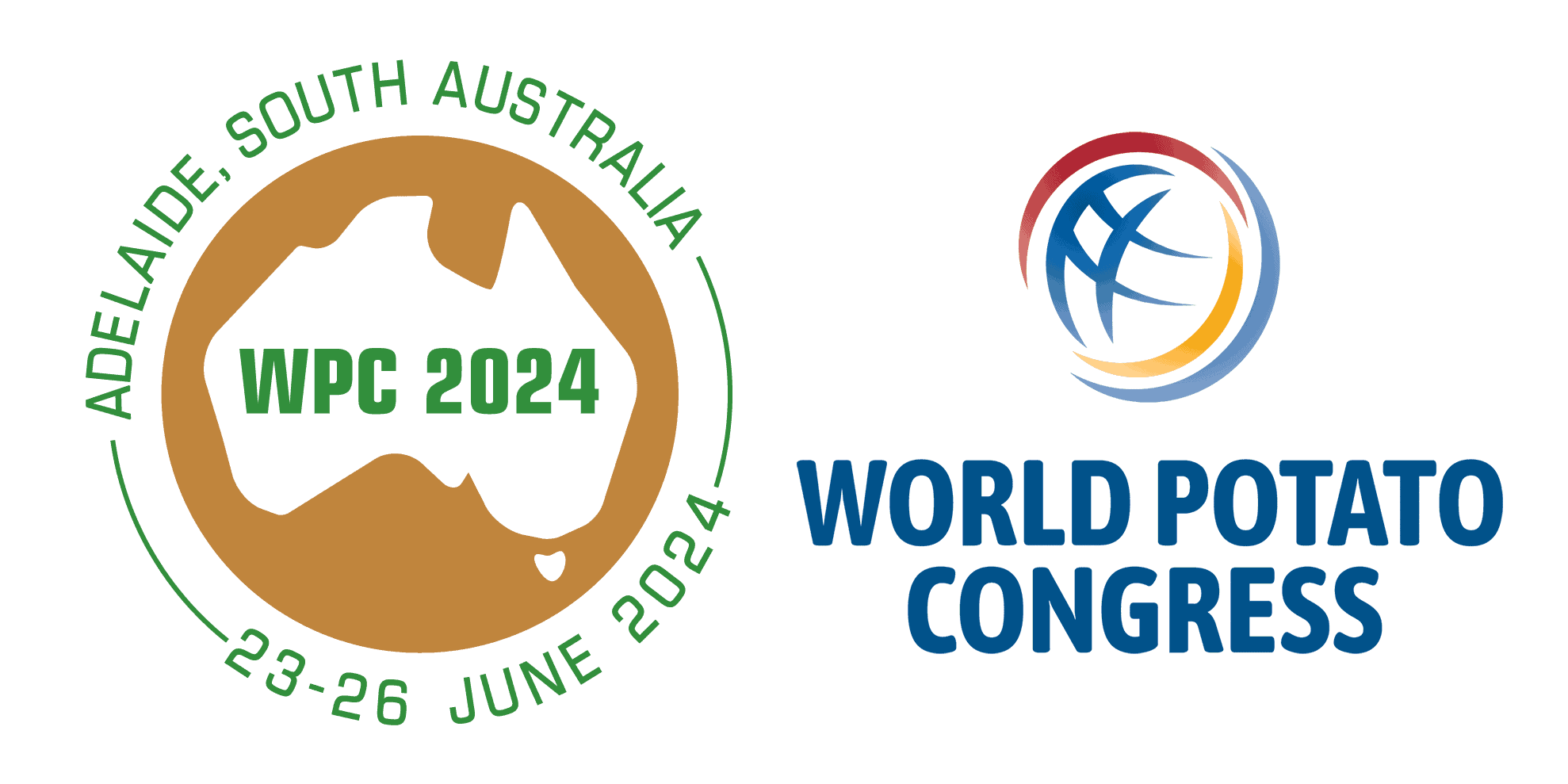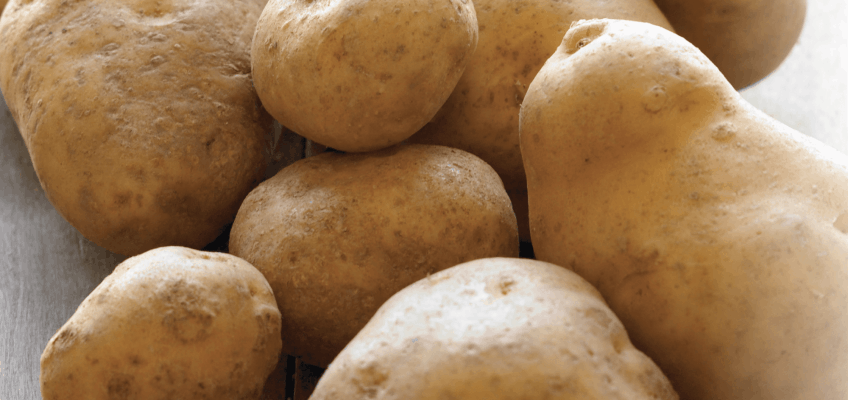Seed potato certification is entering its 90th season in New Zealand. I think that is something for the industry to be proud of. Back in 1927 the average potato yield in New Zealand was 14 tonnes per hectare, with 110,000 tonnes being produced from 9345 hectares[1]. Ninety years later the average yield is 51 tonnes per hectare – 3.6 times the yield[2]. The quality improvements achieved by our merchants and seed potato growers, backed up by the industry certification scheme, have all contributed to that improvement.
In April 1927 the Department of Agriculture was advising that “Potato growers should be busy now selecting seed from the main crop for next season’s use. The crop should be looked over before being dug, and the seed tubers taken from the selected plants[3].” However, at the same time, another correspondent was noting with some alarm that “strangely few planters give the requisite attention to the characteristics of the seed they purpose to sow. Too often the result is a thin crop of moderate quality, afflicted by disease, a source of anxiety, and requiring extra manures and a great deal of spraying to attain merely a moderate result[4].”
Clearly something had to be done. In the 1927-28 season the Fields Division of the Department of Agriculture implemented a seed potato certification system in Canterbury. This was a trial programme: “If the scheme receives due support from growers, merchants and seedsmen it is intended to extend it in succeeding years to embrace the whole Dominion”.[5]
The system involved two crop inspections (in flower in January and at maturity), tuber inspection, and the issuance of certification tags. Eighty-one growers registered for the trial, each sending 100 tubers from each seedline to be grown under trial conditions at the Ashburton Experimental Farm[6]. Two years later the system had been extended to operate in Southland, Otago, Canterbury, Marlborough, Manawatu, Hawkes Bay, and Auckland[7] and demand for certified seed potatoes was increasing very rapidly”[8].
In subsequent years the scheme passed from government to industry control and there were many more developments including the establishment of the “PT” and “Open” programmes, and the subsequent alignment of tolerances within the rules. Much more of this history is described in the splendid publication “The History of Potato Seed Certification in New Zealand, 1927-2000”, by H W Maunder, Past Secretary, New Zealand Seed Potato Certification Authority (available on the Potatoes New Zealand website).
What’s next?
But there is still work to be done to ensure that the New Zealand Seed Potato Certification Scheme continues to meet the needs of the industry, adapts to new pest and disease challenges, and anticipates future changes in production and technology.
One of the most important developments in recent years has been the use of Technical Panels to advise the Authority on complex scientific and technical issues. This includes disease tolerances, standards for tissue culture and minituber facilities, field inspection methods, and tuber inspection. Many of the Panel members have given their time freely and others at minimal cost, and their support to the industry is greatly appreciated.
Our process for consultation with growers has also improved. We understand that any changes to the rules can take several generations to work through the scheme and can have an impact on growers’ incomes. All rule changes are now proposed in March/April, consulted on with growers, and then amended or adopted in September prior to planting.
International cooperation
Anticipating change, and ensuring that our seed potato scheme continues to be best practice, is another focus of the Authority. In that regard I am very fortunate to be able to participate in the work of the UNECE[9] Specialized Section on Standardization of Seed Potatoes. The members of this small group are actively involved in the technical operations of seed potato certification schemes in most of the biggest seed producing countries. This presents an invaluable opportunity for information sharing, identification of emerging issues in certification, and to develop common solutions to new challenges.
In the short time that I have been involved with the group we have developed a pictorial pest and disease identification guide, a guide for field inspection, a guide for tuber inspection, and a guide for the operation of a seed potato certification service. Many of these resources are available a link on the Potatoes New Zealand website. We also look at new challenges such as the emergence of Dickeya solani as the most serious form of blackleg in Europe, develop positions or recommendations for dealing with these issues in certification, and compare tolerances and procedures between schemes. At the most recent meeting in Geneva we reviewed papers on PCR methods for virus detection, inspection sample sizes, and the use of true seed in potato production.
The group is very open and collaborative. The ability to seek advice and assistance from such an experienced group is quite a privilege. In the last year we have benefited from sharing with our ViCSPA colleagues the costs of Willem Schrage’s visit to New Zealand, and from ViCSPA’s willingness to deliver our seed potato inspector workshops.
Biosecurity
Another opportunity for the industry is to use our certification scheme to better protect our biosecurity. We have highly skilled inspectors examining our seed potato crops for pest and diseases. They can also be part of our early warning system for new pests and diseases, and also help reinforce our country freedom status for export certification. We just need to do a bit more work on integrating these into our certification system. There will be more on that in subsequent articles.
All the best for the 90th season of planting Certified Seed Potatoes in New Zealand.
Dr Stephen Ogden
Secretary
New Zealand Seed Potato Certification Scheme
24 April 2017
[1] New Zealand Yearbook, 1930. http://www.stats.govt.nz/browse_for_stats/snapshots-of-nz/digital-yearbook-collection.aspx
[2] Potatoes New Zealand website.
[3] Fields Division of the Department of Agriculture, 1927. Seasonal Notes, New Zealand Journal of Agriculture, April, p267.
[4] W.C. Hyde, 1927. New Zealand Journal of Agriculture, May, p354.
[5] J.W. Hadfield, 1927. New Zealand Journal of Agriculture, August, pp 102-106.
[6] J.W. Hadfield, 1927. Government Certification of Seed Potatoes, New Zealand Journal of Agriculture, December, pp 362-363.
[7] J.H. Claridge, 1930. Certification of Seed Potatoes, New Zealand Journal of Agriculture, August, 79-89.
[8] J.W. Hadfield, 1930. Grading of Certified Seed Potatoes, New Zealand Journal of Agriculture, April, pp 264-270.
[9] The UNECE is the United Nations Economic Commission for Europe. It is one of the most active of 5 regional commissions formed after WWII to promote economic integration. As well as UN member nations, over 70 international professional organizations and other non-governmental organizations take part in UNECE activities.




